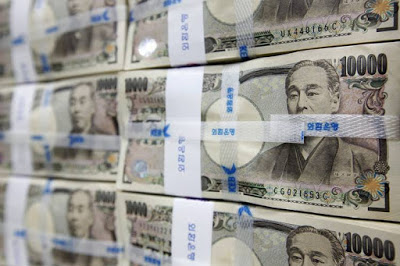
Japan reported a slightly larger than expected July current account surplus earlier today. The July balance has improved over June without fail since 2003. Japan’s current account surplus is not driven by the trade balance.
In fact, Japan recorded a trade deficit of JPY1 bln on a balance-of-payments basis in July, its third deficit in the first seven months of the year. In 2017, Japan recorded a monthly trade deficit twice (January and May) and only one month (January) in 2016.
Japan has recorded an average trade surplus of JPY259 bln in the January-July period this year. This is almost a 30% decline from the same period last year (average JPY372.8 bln) and a 37% decline from the first seven months of 2016 (JPY411.3 bln).
The current account surplus has been considerably more steady. This year’s average is JPY1.836 trillion. It averaged JPY1.852 trillion in the same 2017 period and JPY1.865 trillion in the first seven months of 2016. The key is the overseas income generated from portfolio and, to a lesser extent, direct investment.
With the release of the balance of payments data, Japan’s Ministry of Finance reports investor activity in foreign bond markets. There were several highlights to note. Japanese investors bought JPY327.3 bln of US bonds. It is only the second monthly purchases of US bonds in the past ten months. MOF data had Japanese investors selling almost JPY678 bln of US bonds in June.
The US Treasury’s International Capital (TIC) data showed that Japanese investors sold $18.4 bln US government bonds in June, the latest data available (the July TIC data will be published on September 18. According to the TIC data, the Japanese investors have cut their Treasury holdings by $31 bln in H1 18, while the MOF data shows a sale of closer to $68 bln of US bonds (not limited to Treasuries and includes agencies and state and local government debt).














Leave A Comment